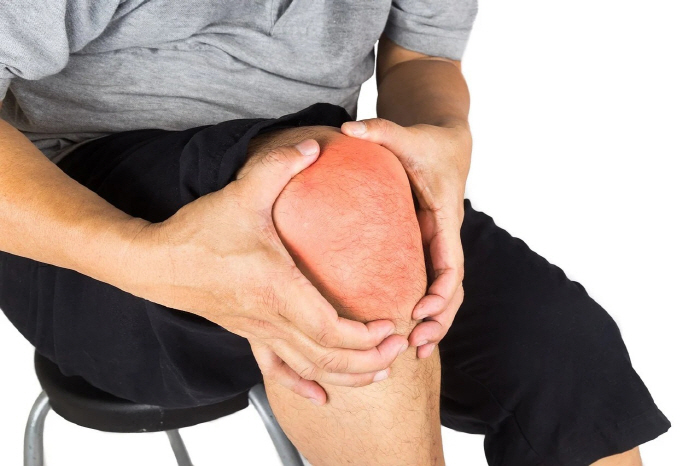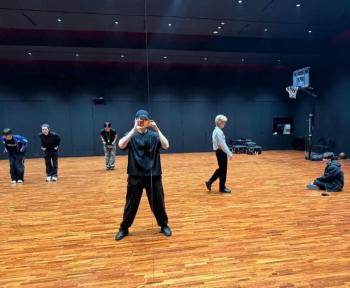Loss of elasticity, brittle meniscus cartilage, causing young arthritis
May 17, 2025
|
When walking or squatting if the meniscus is damaged, especially down the stairs Knee pain occurs when you wake up, and the joint may make a 'tuk' sound along with swelling. There is also a 'locking phenomenon' in which the knee is not bent or stretched, and the feeling of knee instability (feels like the knee is falling out) increases.
Meniscal cartilage damage and arthritis are closely related. Since the meniscus cartilage plays an important role in shock absorption and load distribution in the knee joint, damage to this structure increases the likelihood of developing or worsening arthritis.
When the meniscus cartilage is damaged, the load on the knee joint is concentrated in the local area. As a result, joint cartilage can be worn out quickly, leading to degenerative arthritis. Damaged cartilage plates reduce the stability of the knee and cause abnormal joint movement, accelerating cartilage damage and wear. In addition, inflammatory substances (cytokines) in the joint are secreted, causing inflammatory damage to the articular cartilage.
Park Ki-beom, director of the Center for Orthopaedic Surgery at Seran Hospital, said "Cartilage plate is difficult to heal naturally due to low blood flow, and if the damage is not left unattended, it can lead to knee arthritis."For meniscus damage, resection or suture is performed by arthroscopic surgery. Even after treatment, it is very important to pay attention to knee use and strengthen knee muscles through rehabilitation exercises."
Studies have shown that complete removal of the cartilage plate increases the risk of developing arthritis within a few years. It has been reported that about 50% of patients progress to knee arthritis within 10 to 20 years after meniscus cartilage damage. Suture surgery is not necessarily good, but it can be considered that resection and suture surgery are performed depending on the location and type of meniscus cartilage rupture. Suture is a surgical treatment, but it corresponds to 'functional preservation therapy' in that it is tissue preservation that sews damaged cartilage plates to maintain their original structure.
When surgery is required in patients with meniscus damage, it is difficult to improve with non-surgical treatment or when joint function is impaired. Representatively, △ feeling of knee pain, clicking △ If symptoms persist for more than 6 weeks, △ Damage to the outer part of the blood-rich cartilage plate △ Athletes or active people △ Repeated knee swelling or intraarticular bleeding.
If the meniscus cartilage is damaged, the progression of arthritis can be delayed if proper rehabilitation exercise and weight management are combined. Treatment of preserving the cartilage plate, where possible, is advantageous for long-term joint health. Undergoing sutures, wearing assistants for more than 6 weeks and weight load are restricted.
Park Ki-beom, director of the center, said, `The meniscus cartilage serves as a cushion that absorbs shocks transmitted from bone to bone when walking or running, and plays an important role in reducing degenerative changes in articular cartilage by reducing stress on articular cartilage"It is originally a soft and elastic tissue like rubber, but it is also hard denatured due to aging. If elasticity is lost, the denatured meniscus cartilage can easily be worn out or torn even if it is not subject to great impact."
He then advised "After proper examination, it is necessary to select the most appropriate treatment according to the patient's symptoms through close consultation with a specialist who can choose all treatment methods such as surgery and non-surgical methods.".
|
This article was translated by Naver AI translator.















